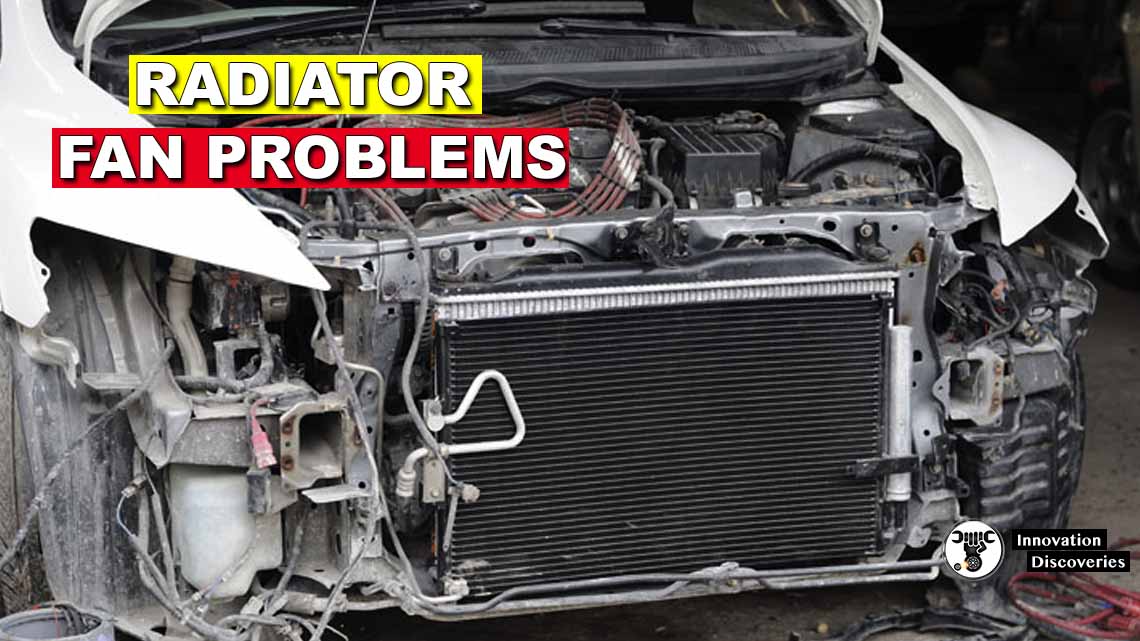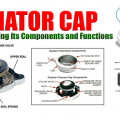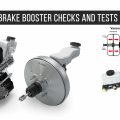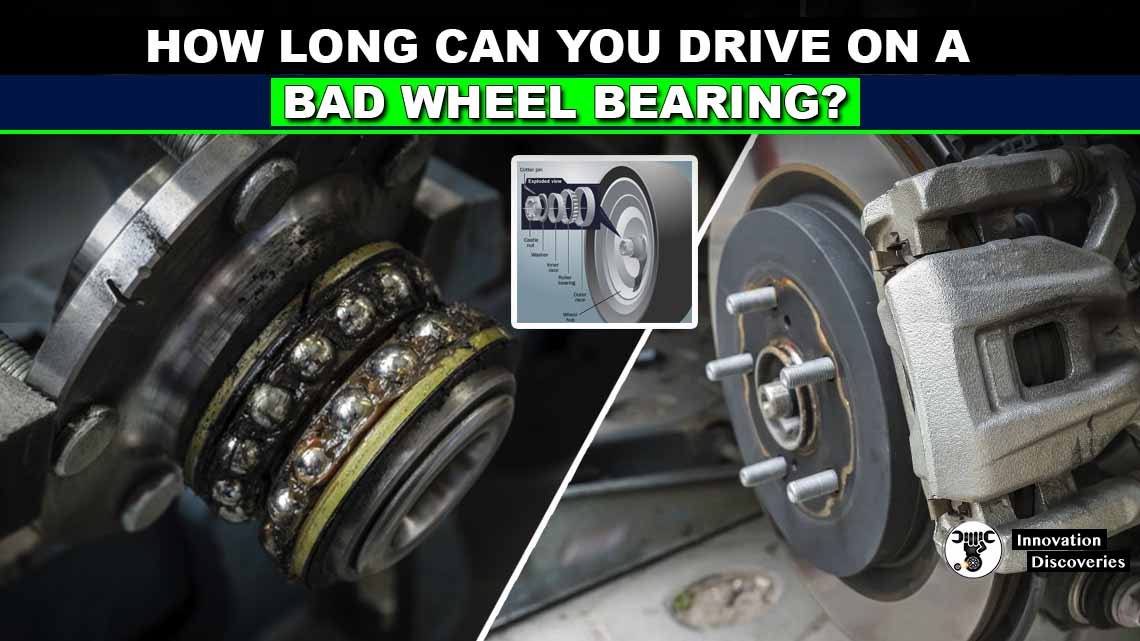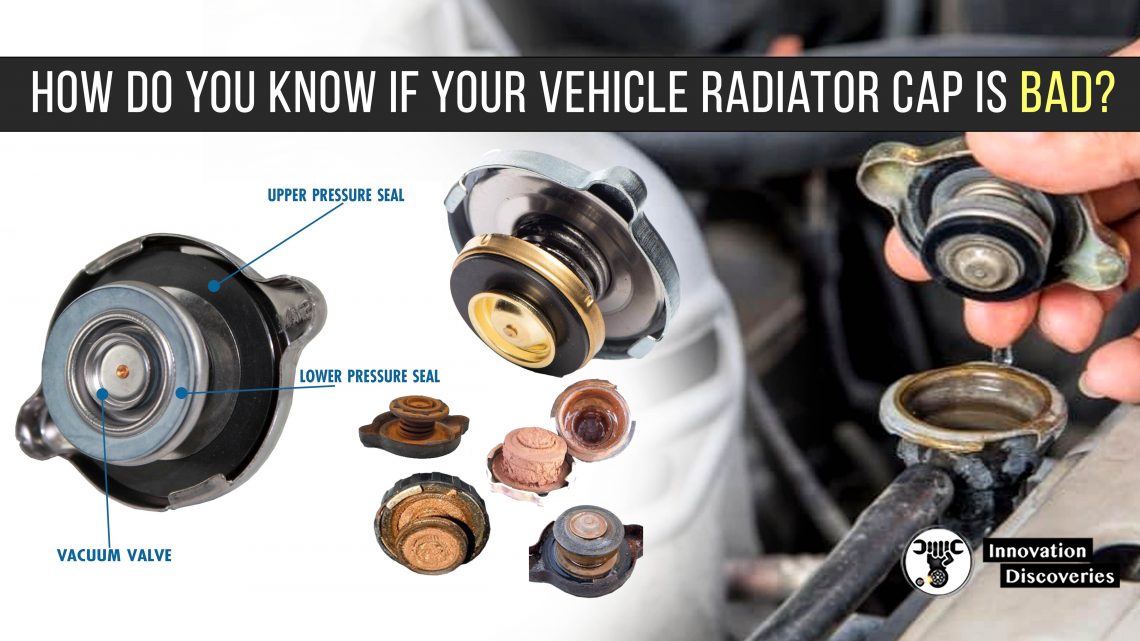
A Radiator Cap Serves Many Purposes
1. A radiator cap keeps the cooling system pressure which raises the boiling point.
For every pound of pressure in a closed cooling system, you raise the boiling point by three degrees. At sea level, water boils at 212 degrees.
By adding 16 pounds of pressure to the system you will raise the boiling point to 260 degrees.
This will guard against any “boil off” of coolants.
2. When coolant heats up it expands, or volume increases, creating more pressure in the cooling system.
Once the cooling system reaches the caps rated pressure, the pressure spring compresses and allows coolant to flow into the reservoir tank.
This process allows for the expansion of the coolant while keeping the cooling system at the proper operating pressure.

3. The radiator cap also has a vacuum valve that allows coolant to flow from the reservoir tank to the radiator during cool down.
When the coolant temperature drops, the coolant will contract and create a vacuum.
At this time, the vacuum valve opens and draws coolant from the reservoir tank back into the radiator; bringing it to the proper level.
4. The radiator cap seals the cooling system preventing any air to enter the system. Air is the #1 enemy to all cooling systems.
You cannot sustain a proper operating temperature with air in the cooling system. Air in the system will result in overheating.
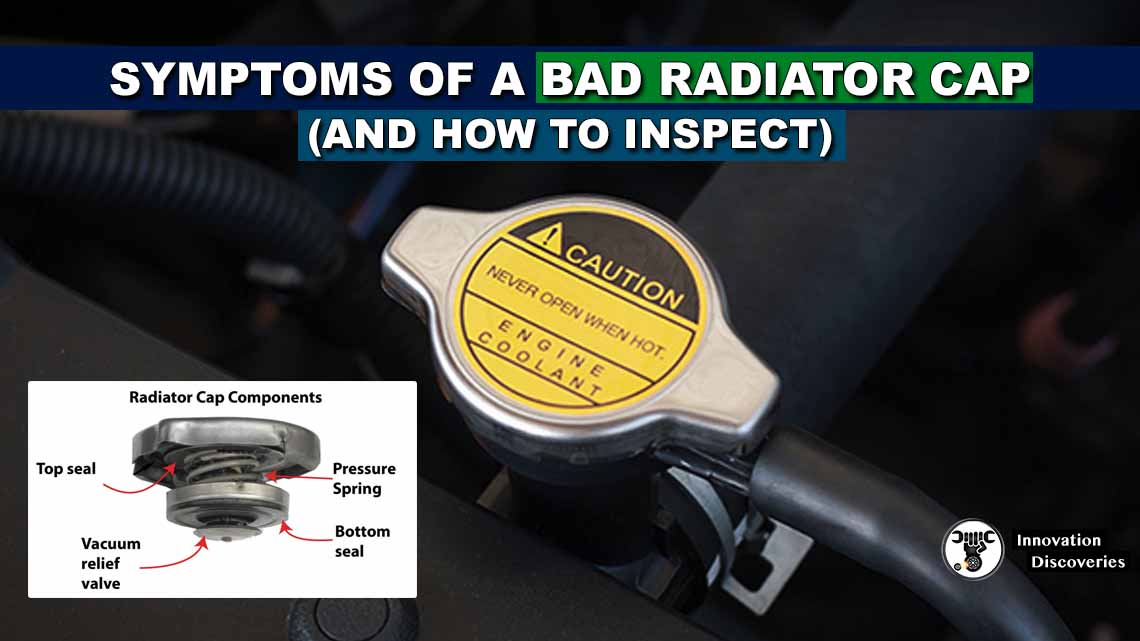
How Do You Know if You Have a Bad Radiator Cap?
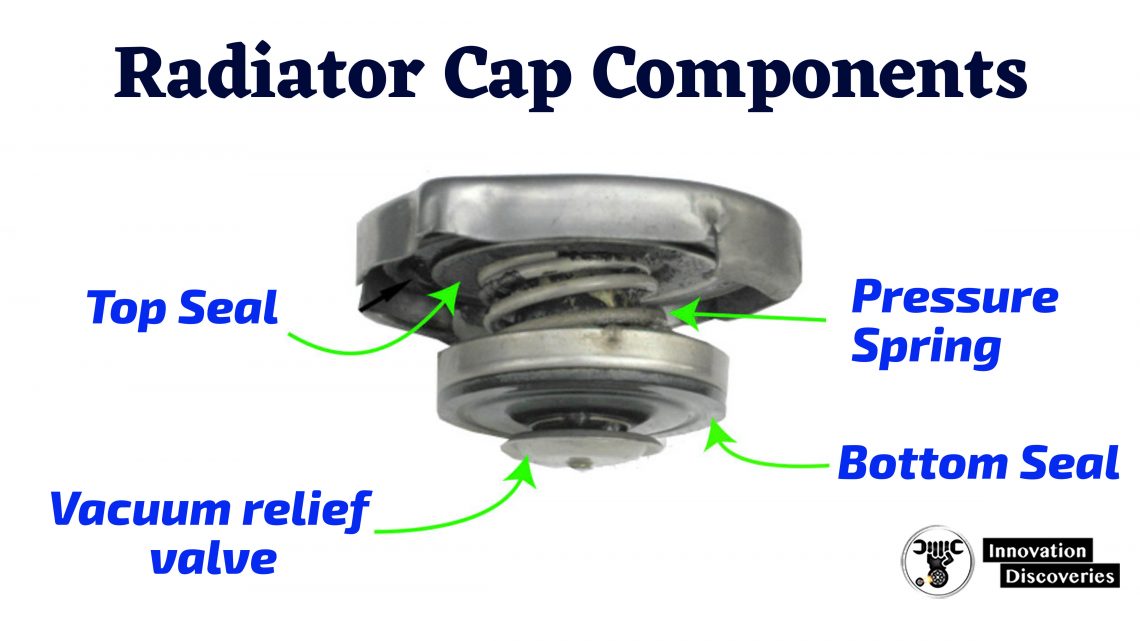
1. A collapsed hose
This would be caused by a bad vacuum valve. The vacuum valve allows coolant to be drawn back into the radiator during cool down.
If this doesn’t work, the negative pressure created in the radiator during the cooling process could cause your hose to collapse.
2. Reservoir is overflowing
A radiator cap has a pressure release valve that allows water to flow into the reservoir tank.
If the spring that operates this valve is weakened it will allow coolant to flow into the reservoir tank prematurely.
The reservoir could overflow as a result of this excess volume.
3. Overheating in the engine
The radiator cap will allow air into the system if it is not properly sealed.
The presence of air in the system makes maintaining a constant temperature difficult. The system will overheat as a result.
The radiator cap is the inexpensive and most overlooked part of your cooling system.
If you’re having any of the problems we’ve just outlined, the first thing you should do is replace your cap.
In addition, if you replace a radiator, you should always replace it with a new cap.
Read More:
- WORKING OF THERMOSTATS
- CAR THERMOSTAT FUNCTIONS, FAILURE SYMPTOMS, AND REPLACEMENT COST
- PISTON DAMAGE FROM OVERHEATING
- SYMPTOMS OF AN EXHAUST LEAK
- EXHAUST GAS RECIRCULATION (EGR)
- HOW AN ENGINE COOLING SYSTEM WORKS
- WATER COOLING VS AIR COOLING

Read: BLEED A RADIATOR AT HOME EASILY
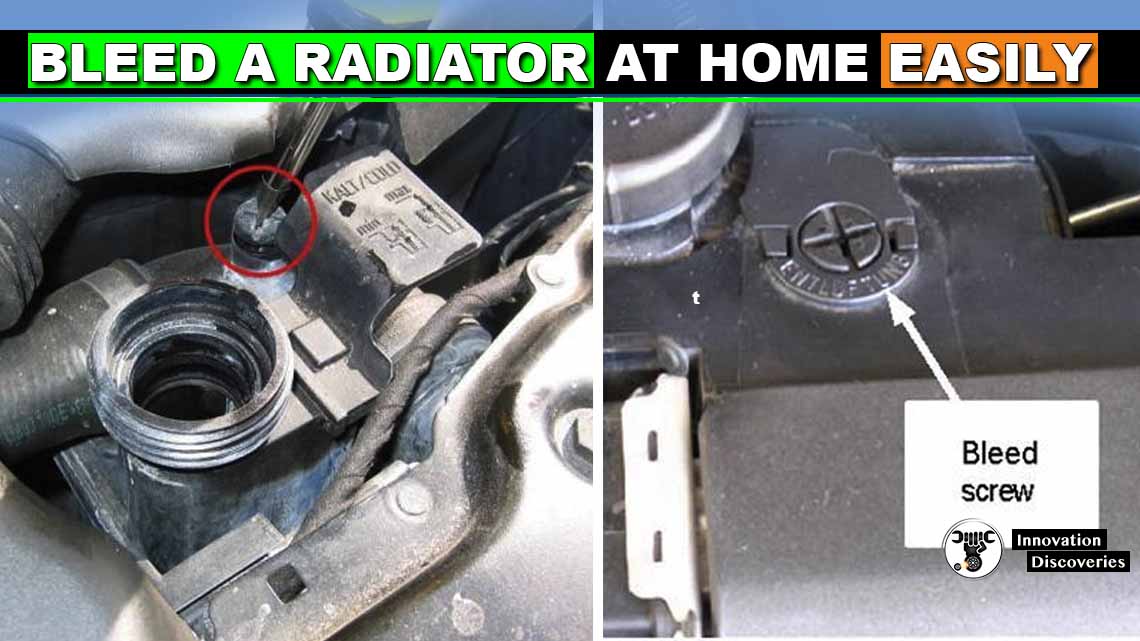
HOW TO APPLY A TEMPORARY REPAIR FOR UPPER RADIATOR HOSE?
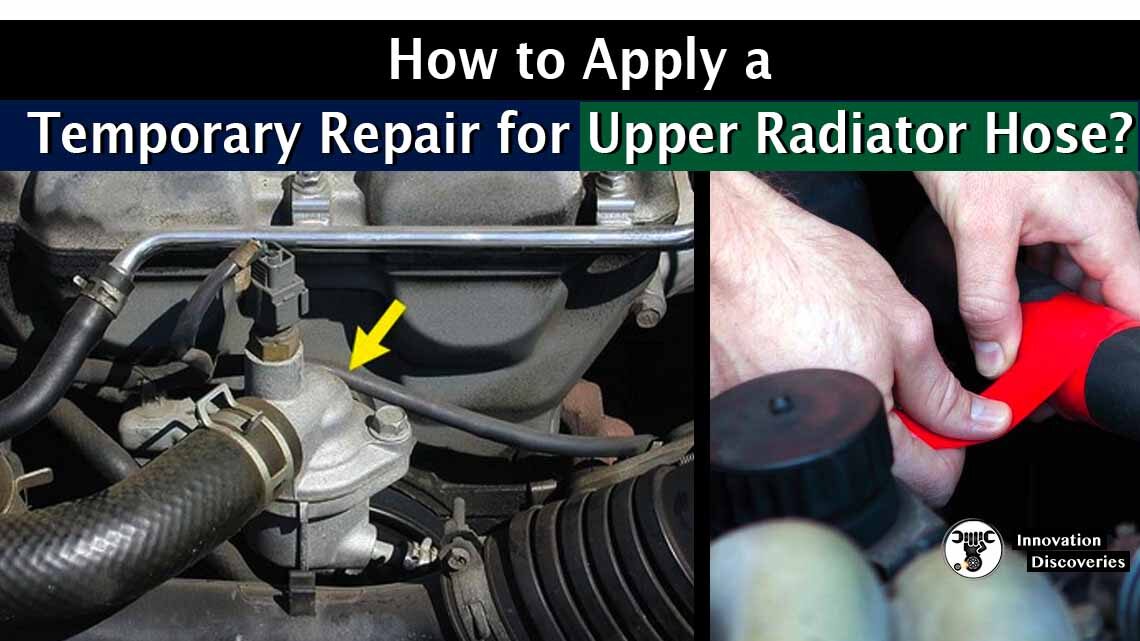
Visit Forum
Visit Our Friendly Website


